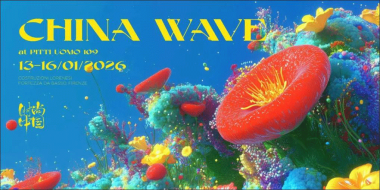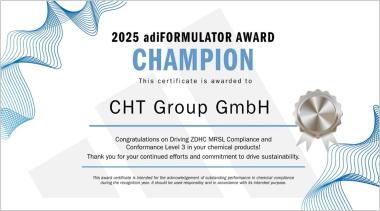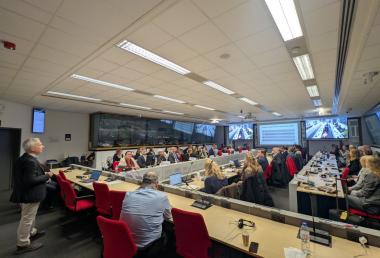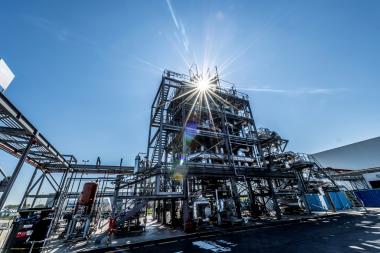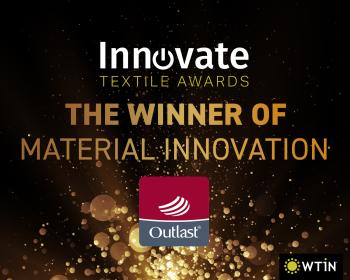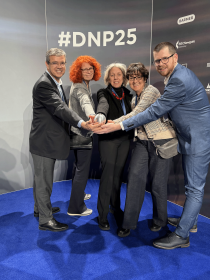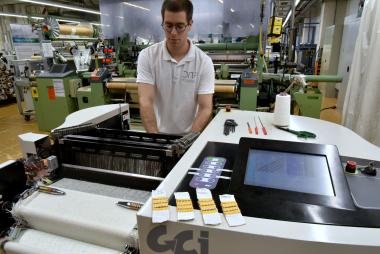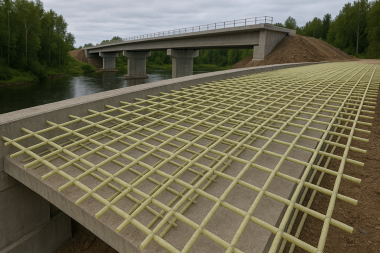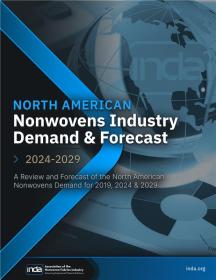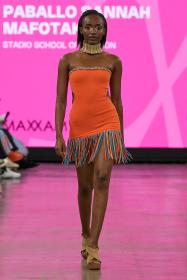CHINA WAVE at Pitti Uomo #109
With its renewed participation at the 109th edition of Pitti Uomo, CHINA WAVE presents China’s independent fashion design scene as stronger and more mature than ever. From 13–16 January 2026 in Florence, the initiative—led by the China Apparel Association—demonstrates how an exploratory project has evolved into a strategically anchored, culturally driven platform that confidently brings Chinese aesthetics and brand identity onto the global stage.
Since the debut of the Chinese pavilion at Pitti Uomo 106, CHINA WAVE has established itself as an exclusive cooperation between the China Apparel Association and Pitti Uomo. More than a visibility platform, it marks a decisive transition: from pure product export towards the international export of brands, design culture, and creative authorship.
Under the central theme “Movement,” the 109th edition of Pitti Uomo brings together over 700 international brands, creating a setting where tradition meets avant-garde expression. CHINA WAVE uses this stage to present the diversity of contemporary Chinese design—from progressive fashion and refined craftsmanship to artistically interpreted accessories. At Costruzioni Lorenesi in the Fortezza da Basso, eight brands will present their collections across 150 square meters, including:
SEPTWOLVES
As one of China’s leading fashion lables in the menswear segment, SEPTWOLVES stands for market-driven design, high production expertise, and commercially strong collections – with particular strength in jackets and urban business-casual fashion. Most recently, the brand presented its SS25 collection at the historic Milan Centrale, showcasing its vision for modern business and travel wear.
SWÖFCARE
Founded in 2005 by Jason Chang in New Zealand, SWÖFCARE merges contemporary hat-making with a clear life philosophy. Inspired by essential elements such as sunshine, water, and oxygen, the brand creates headwear designs that combine artisanal precision with emotional depth, infusing each piece with its own energy. SWÖFCARE bridges nature, life aesthetics, and sophisticated millinery craftsmanship.
JOEWITHLOL (Fun to Wear)
JOEWITHLOL translates artistic concepts and contemporary interpretations of Chinese elements into smart casual menswear. Positioned at the intersection of fashion, art, and culture, the brand creates wearable designs that reflect modern lifestyles while balancing aesthetic ambition with a humanistic mindset.
WU RANG
WU RANG treats Chinese culture as its design DNA. Traditions, literature, history, and geography become creative impulses, transforming contemporary fashion into a cultural dialogue enriched with Chinese heritage.
A. NEW STUDIO
Spanning minimalist leisurewear to urban outdoor aesthetics, A. NEW STUDIO offers menswear and unisex apparel that responds to evolving social dynamics. The brand’s creative approach is adaptive, experimental, and visually bold.
TIMES INFINITY
Named after a mathematical formula, TIMES INFINITY designs fashion without fixed collections. Each piece emerges from spontaneous cultural, artistic, or everyday encounters—authentic, one-of-a-kind expressions full of character.
ZIVGREY
Founded in 2015, the accessories label blends natural forms with urban geometry. Jewellery crafted from silver, gold, pearls, and gemstones becomes sculptural objects, transforming fleeting beauty into lasting expressions.
AMANO
Founded in 2017, AMANO is a designer label focused on artisanal jewellery craftsmanship. The name—Italian for “made by hand”—reflects the brand’s philosophy of weaving warmth and life into irregular structures. The result is jewellery of reduced, pure aesthetics, expressing quiet timelessness. In an era of industrial acceleration, AMANO stands for a poetic, non-reproducible romance shaped by human hands.
Significance for the International Fashion World
CHINA WAVE increasingly serves as a bridge between Chinese design culture and global markets. The initiative strengthens access to international distribution channels, enhances professional recognition, and positions Chinese brands as cultural creators with distinct creative identities. In doing so, it contributes to a new narrative—China not as a manufacturing base, but as a source of forward-looking fashion concepts.
Looking ahead to January 2026, the China National Garment Association invites international partners to experience the presentation of the Chinese delegation at Pitti Uomo and to jointly write a new chapter in global fashion exchange.
Jandali


